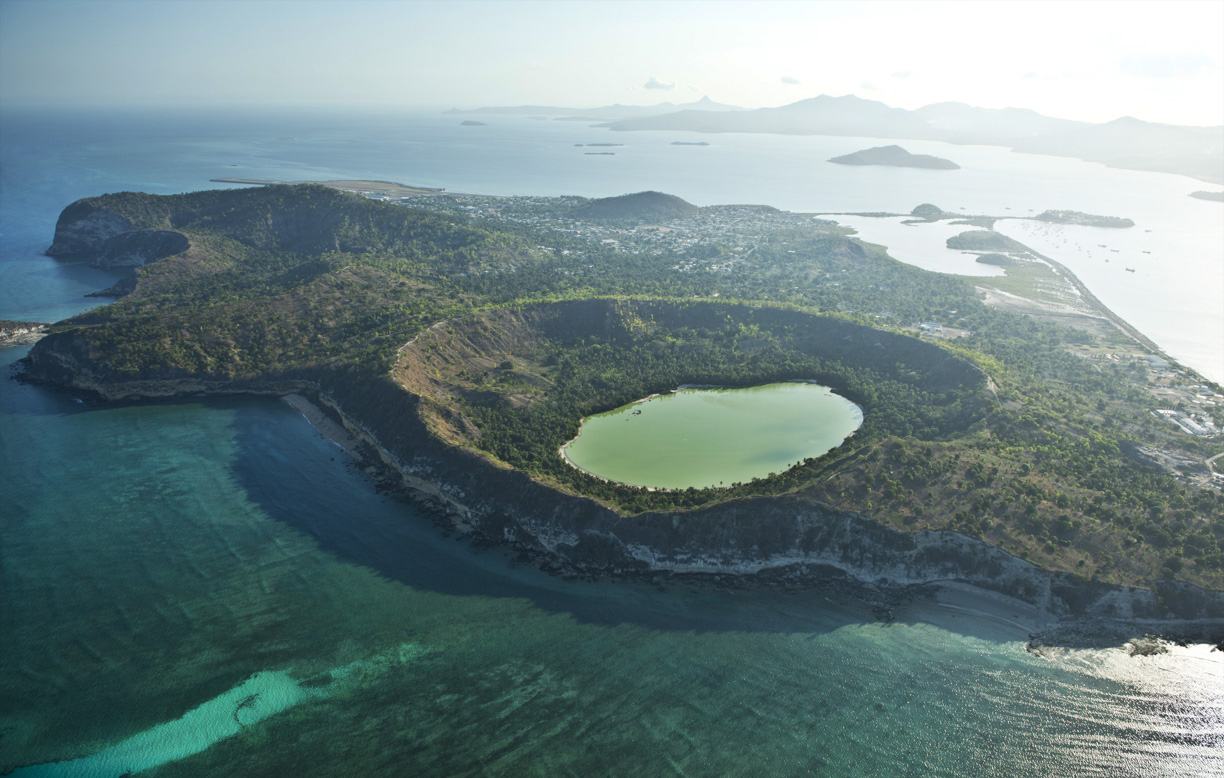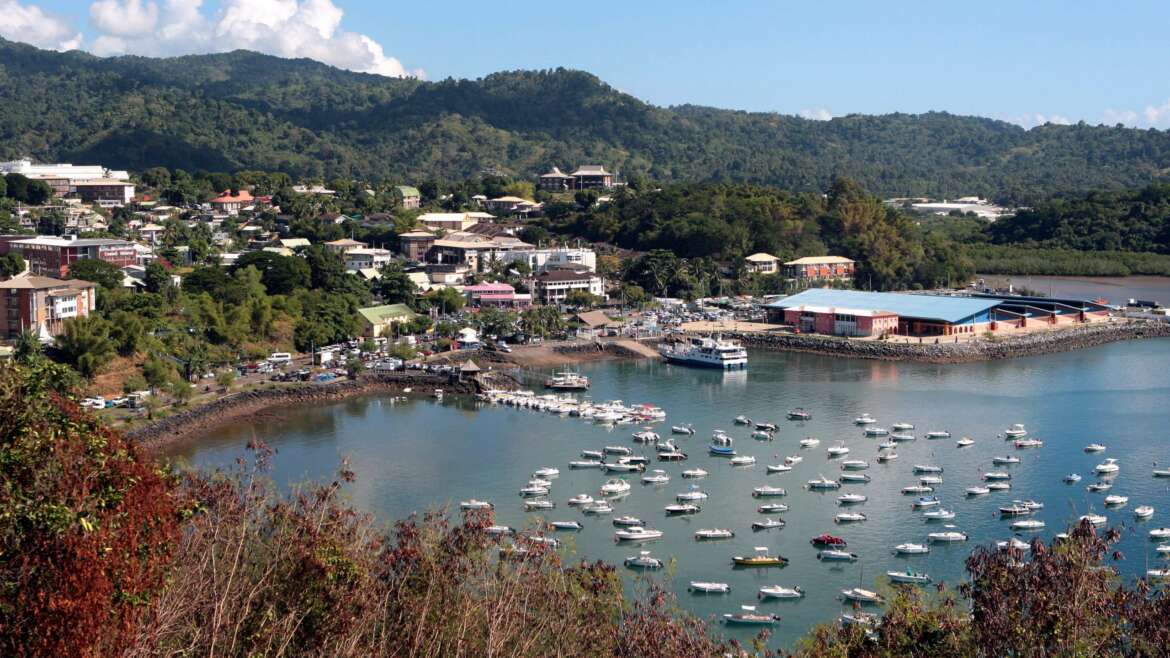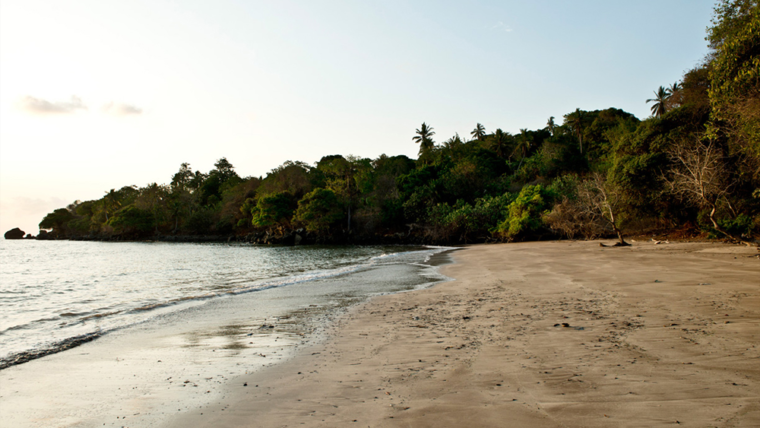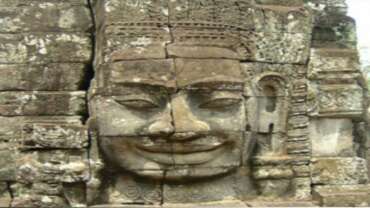Mayotte - A heavenly place...
Mayotte is an archipelago in the Indian Ocean between Madagascar and the coast of Mozambique. It’s a department and region of France, though traditional Mayotte culture is most closely related to that of the neighboring Comoros islands. The Mayotte archipelago is surrounded by a coral barrier reef, which shelters a lagoon and marine reserve that are popular diving destinations.
The island of Mayotte is a French department in the Indian Ocean, it is part of the Comoros archipelago, located at the entrance to the Mozambique Channel. An original form of seahorse, it is made up of two islands (small and large land), with intoxicating ylang-ylang plantations, Mayotte is unique, astonishing and well-known!
Both African and Malagasy, Mayotte offers a total change of scenery, it gives the impression of visiting a foreign country while staying in France.
Entry & Currency in Mayotte
Entry formalities
For French nationals, a simple valid identity card is required to enter the 101st Department. Citizens of member countries of the European Union must bring their valid passport. For foreigners outside the European Union, you should contact your travel agency to obtain the necessary information on obtaining a visa, or from the French Consulate.
Currency / banks
Mayotte is French and European, so the current currency is the Euro. It should be noted that it is not possible to change foreign currencies once there. It is therefore advisable to take precautions before your stay. The banks present on the island are BFC, Crédit Agricole, BRED, Banque de la Réunion and Banque Postale. There are counters and ATMs on the island, the majority of which are still concentrated in Mamoudzou.
Practical life in Mayotte
Security
If it is advisable not to give in to paranoia, to have a good stay, some precautionary measures are necessary. It is advisable to leave your identity papers, valuables and cash in your hotel. Vigilance is required because beaches and hiking trails can be places of theft.
Transportation
Collective taxis ply the roads of the island. There are three types: • urban taxis which are confined to Petite-terre and Mamoudzou • bush taxis which go south, north and center following predefined lines • tourist taxis, in small numbers, and which have the advantage of offering customers – visitors a day or half day guide and support service.
Telecommunications
Since 2012, Mayotte has entered the modern era with the arrival of ADSL. A small revolution for the 101st Department, both in the economic sector and for individuals. Most restaurants, bars, hotels and lodgings thus offer wifi access to their customers. Regarding fixed and mobile telephony, three operators share the market: SFR, Orange and Only. Coming from outside, you should check with your operator not to be surprised by additional costs.
Jet lag
GMT + 3 hours. During the austral summer (metropolitan winter, from October to March) Mayotte has +2 hours ahead of the metropolis, while in winter (metropolitan summer, from March to October) it takes + 1 hour. Reunion has 1 hour more than Mayotte all year round.
The largest lagoon in the Indian Ocean!

One of the largest closed lagoons in the world, Mayotte is a haven of peace where underwater species abound. With its 1100 km2, it is therefore not surprising that it has become a diver’s paradise, thanks to numerous spots, recognized worldwide.
Beaches for all tastes
You can of course take advantage by going out to sea. For lovers of white sand, the detour to the islets of Mtsanga Tshohole (or islet of white sand) and Bandrélé in the South, Mtzamboro and Choizil in the North is worth it. stroke. With the reward, breathtaking landscapes and a swim in crystal clear waters.
But for those who prefer to bathe while having a foothold, Mayotte has multiple and magnificent beaches. The most popular are Ngouja (commune of Kani-Kéli), Musicale Plage, Sakouli (black sand beaches in the commune of Bandrélé), Moya (Petite Terre) or even Tanaraki (commune of Mtsangamouji).















